 Greater Ani (Crotophaga major)
Greater Ani (Crotophaga major)
 Greater Ani (Crotophaga major)
Greater Ani (Crotophaga major) |
 |
| Pictures (click on them to enlarge) | ||
|---|---|---|
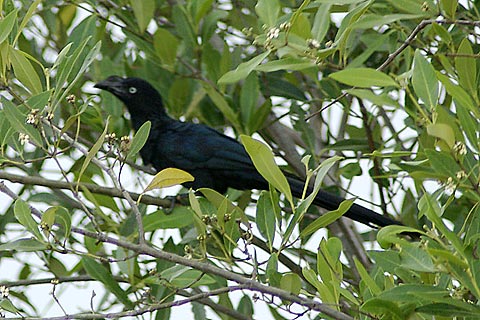 © N. Takano | 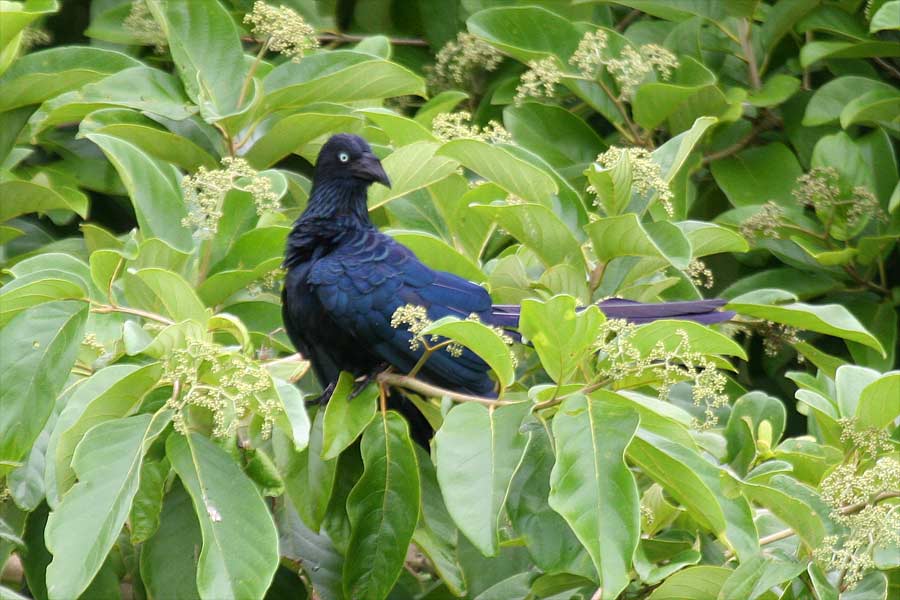 © Pieter Verheij | 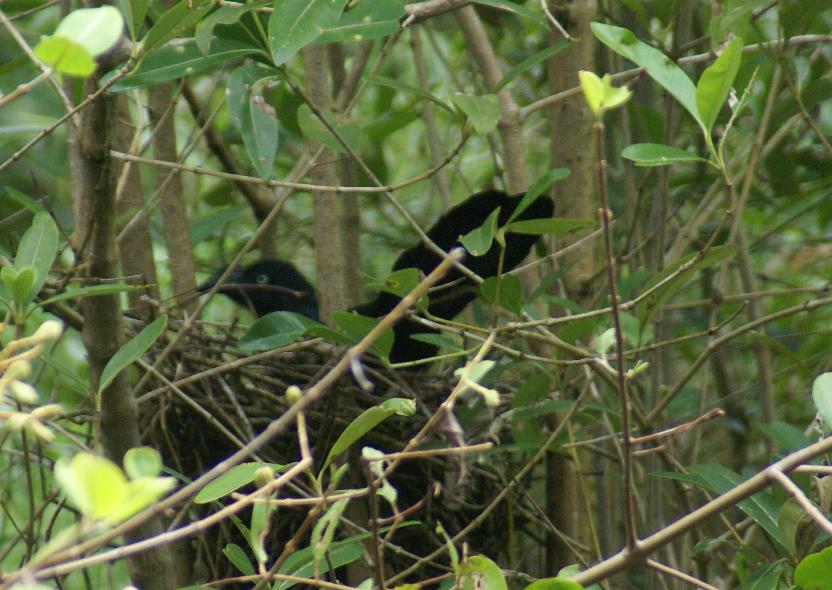 © Stephan Ferrier |
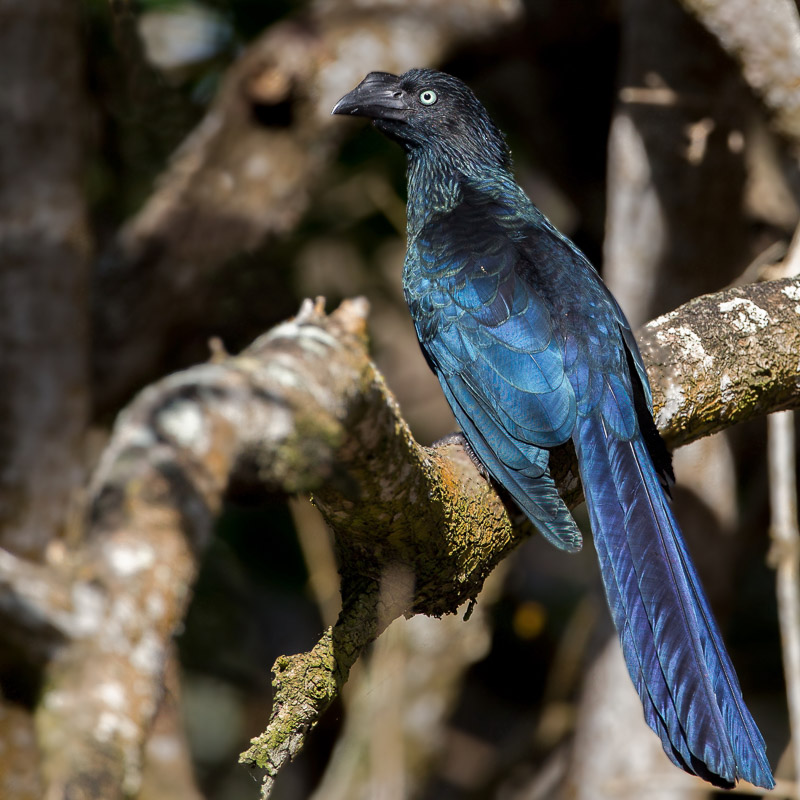 © Paul van Giersbergen | 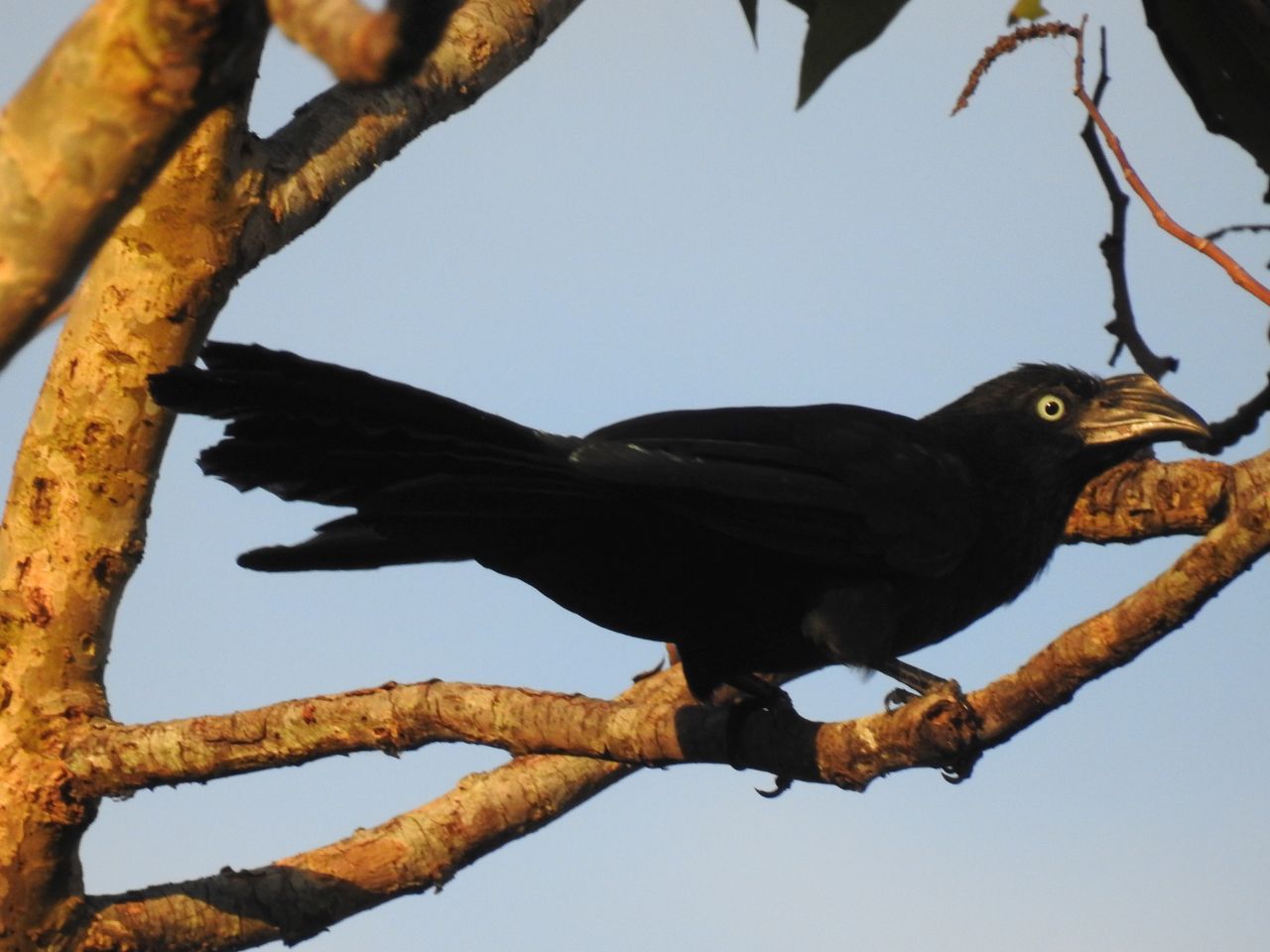 © Dominiek Plouvier |
| Greater Ani: The bird is very social, commonly found with groups near water and sometimes calling together. Its nests are found in groups in swampy places. Photo of a Greater ani made by N. Takano (personal museum of natural history) in August 2004 in Weg naar Zee, a road to the sea near Paramaribo going from the ricefields and swamps up to the mangrove and the mudflats. The photo clearly shows the light yellow eye of the ani. Then a picture made by Pieter Verheij in Nickerie in 2005: you can see the deep blue shine on the bird. And the last picture was made in the Bigi Pan area in April 2009 by Stephan Ferrier, a Greater Ani on its nest. |
|
|
||||||||||||||||||||||||||||||||||||||||||||
| Observations through the year | Observations of breeding through the year |
|---|---|
| The 463 reported observations of this bird in Suriname, mainly for the last 50 years up to 2018, have been grouped by month. More birds on one day are counted as one observation. Of course, if the graph should depict the total number of birds seen, the differences between the months could be much more pronounced. | The 18 reported breeding observations of this bird in Suriname. Most observations are about nest with eggs, some about fledglings, or feeding at a nest or the building of a nest. Of the about 5000 nests and eggs found for all species together, about 1/3 comes from the egg collection of Penard between 1896 and 1905. For some reason most collecting then was done in the first half of each year, so the shown distribution does not necessarily reflect the actual breeding preferences. The main dry season in Suriname is reckoned to be from half August to the end of November, the main wet season from half April to half August, but the the timing of begin and end does vary from year to year. Around March a second dry season often occurs. |